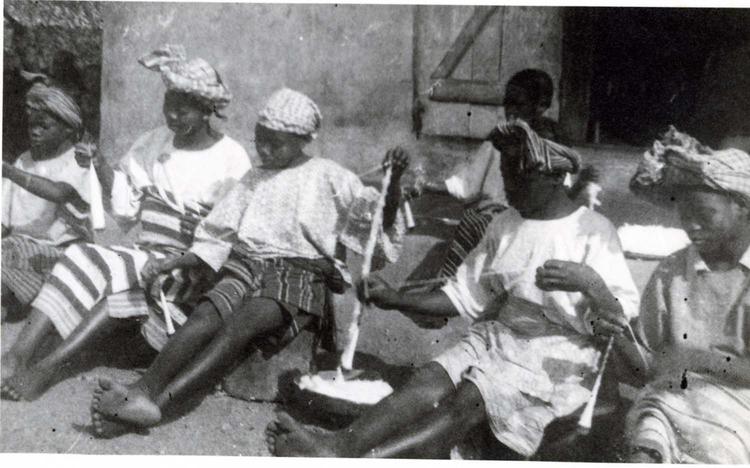
Community Commentary by Ajetunmobi within research project: 'Rethinking Relationships and Building Trust around African Collections' 2021
The picture was taken by Stanfield Nancy in 1949 during her tour of Owo and its environs. Owo, an ancient Yoruba kingdom, is heavily influenced by the Benin, Akoko and Igarra cultures because of its proximity to these ethnic groups. One of the dominant crops grown in this region during colonialism was cotton. Cotton is a principal agricultural product of the Savanna belt of Nigeria where the soil composition suits it. It is largely grown in the North (dominantly in Sokoto, Katsina and Zaria), Oyo and Owo of Yorubaland, and Afenmai andAuchi area of Ed o. Owo did not only grow cotton, there was a textile centre in the town which helps it to become a major player in the textile industry of Nigeria.
The picture above shows the activities of young ladies working in the textile centre by spinning wools meant for looming. Looming is the traditional way of making clothes directly from loom. The textile centre at Owo is one of the many vocational clothing centres of the colonial government that promoted indigenous crafts and industry on one hand and also helped the colonial government to generate revenue through its activities on the other. Iseyin, Oyo, Ijebu Ode, Ado Ekiti and Osogbo were other places with strong presence of the textile centre for ‘Aso- Oke’. The process of cloth making starts with the harvesting of cotton. This is followed by spinning the wool for clothing from cotton after harvesting. The cotton wool from the process is knitted into
several forms and used to produce several textures of clothing. Although the processes of knitting the wool from cotton to produce material for clothing vary from culture to the other, in most Yoruba kingdoms, spinning are largely done by teenagers preferably girls because of their believed carefulness and neatness.



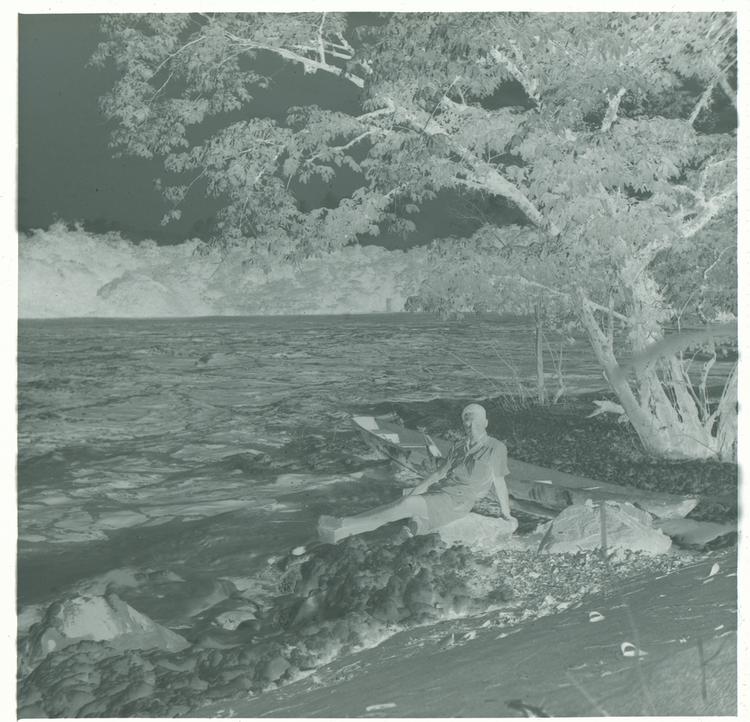
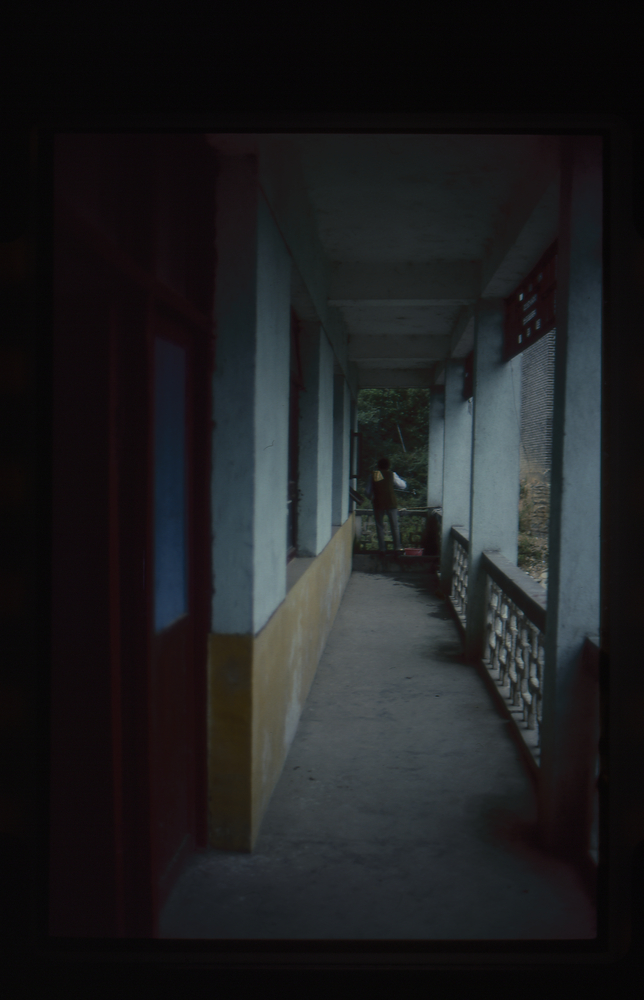
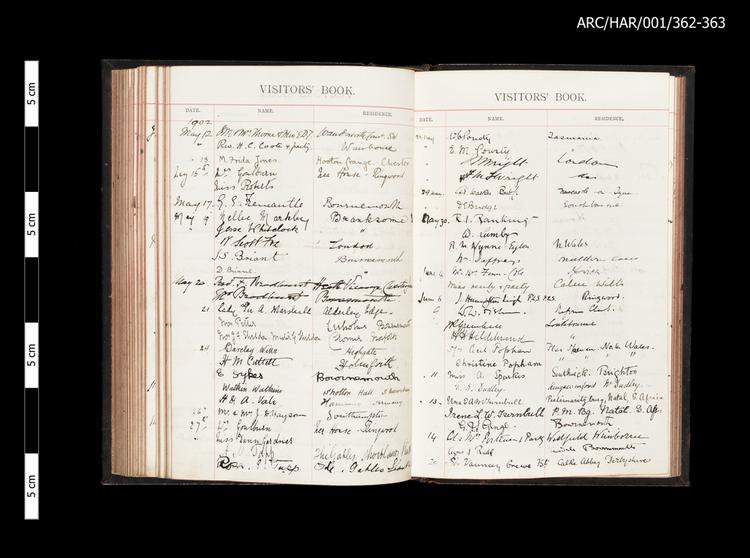
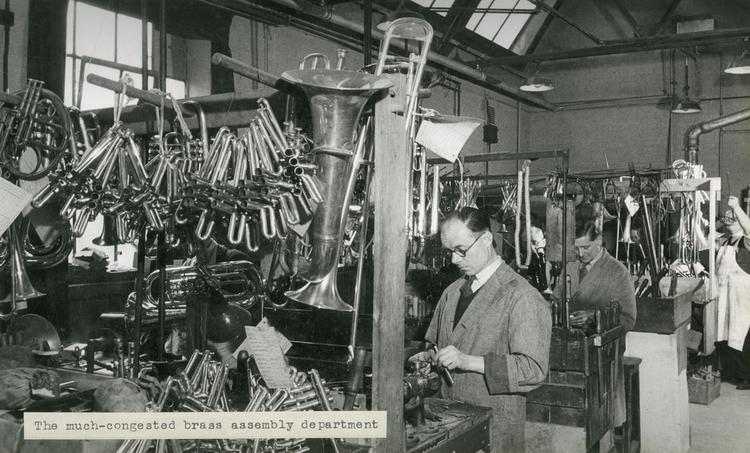
Community Commentary